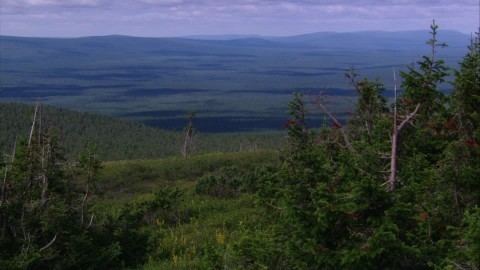Country Russia Administrative center Yekaterinburg Federal subjects 6 contained Area 1.818 million km² | Established May 18, 2000 Area rank 3rd Economic regions 2 contained Population 12.08 million (2010) | |
 | ||
Destinations Yekaterinburg, Chelyabinsk, Tyumen Clubs and Teams Metallurg Magnitogorsk, Traktor Chelyabinsk Colleges and Universities Ural Federal University, South Ural State University, Ural State University, Ural State University of Econo, Ural State Technical University Points of interest Church of All Saints - Yekaterinburg, Taganay, National Park Taganay, Ipatiev House, Chelyabinsk Zoo | ||
Ural Federal District (Russian: Ура́льский федера́льный о́круг, Uralsky federalny okrug) is one of the eight federal districts of Russia. Its population was 12,080,523 (79.9% urban) according to the 2010 Census.
Contents
Map of Ural Federal District, Russia
The district was established on May 13, 2000 by a decree of the President of Russia. It is located at the border of the European and Asian parts of Russia. The administrative center of the district is the city of Yekaterinburg.
The district contributes 18% to Russia’s Gross Regional Product (GRP), although its population is only 8.5% of the Russian total.
General information and statistics
The district covers an area of 1,818,500 square kilometers (702,100 sq mi), about 10% of Russia. According to the 2010 Census, the district had a population of 12,080,526, of whom 82.74% were Russians (10,237,992 people), 5.14% Tatars (636,454), 2.87% Ukrainians (355,087) and 2.15% Bashkirs (265,586). The remainder comprises various ethnicities of the former Soviet Union. 79.9% of the district's population lived in urban areas.
In 2006, the district provided 90% of Russian natural gas production, 68% of oil and 42% of metal products. Industrial production per capita in the district is about 2.5 times higher than the average value throughout Russia. The district provides about 42% of Russian tax incomes, mostly from industry. Its major branches are fuel mining and production (53%), metallurgy (24%) and metal processing and engineering (8.8%). The latter two are especially developed in Chelyabinsk and Sverdlovsk Oblast which, between them, constitute 83% of Russian metallurgy and 73% of metal processing and engineering. Whereas fuel and mineral mining has been providing a nearly constant outcome between 1990 and 2006, metal processing and engineering are declining, despite the fact that they employ up to 30% of industry workers of the district. Local ore processing plants can provide only 20% of required copper, 28% chromium, 35% iron and 17% coal, and many of these resources are nearly exhausted. Meanwhile, the average distance to import them to the Ural is 2,500 km.
The district is governed by the Presidential Envoy, and individual envoys are assigned by the President of Russia to all the Oblasts of the district. Pyotr Latyshev was envoy to the Urals Federal District until his death on December 2, 2008. Nikolay Vinnichenko succeeded him on this post on December 8, 2008. On September 6, 2011 Vinnichenko was appointed the envoy to the Northwestern Federal District, and Yevgeny Kuyvashev became the Presidential Envoy in the Urals Federal District. On May 18, 2012 Vladimir Putin offered the tenure to Igor Kholmanskikh, an engineer without any previous political experience, and Kholmanskikh accepted the offer.
Federal subjects
The district comprises the Central (part) and West Siberian economic regions and six federal subjects:
Source for names of federal subjects: (note - source refers to 'regions' rather than Okrugs or Oblasts)
